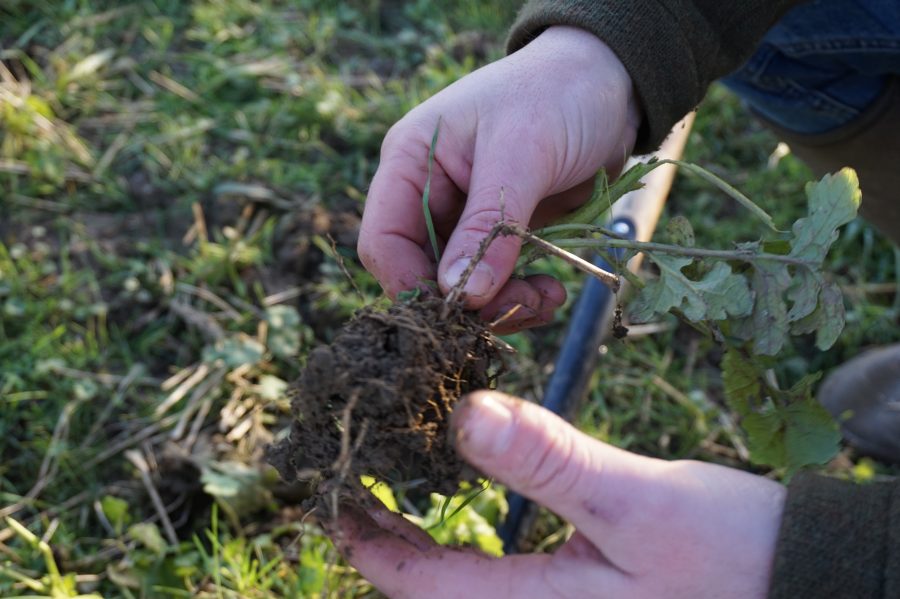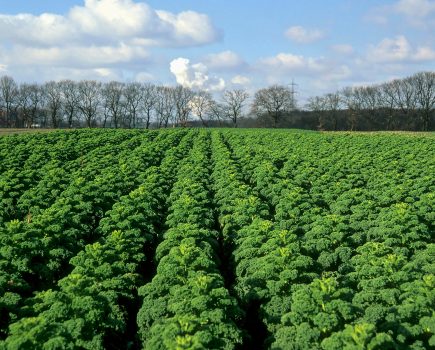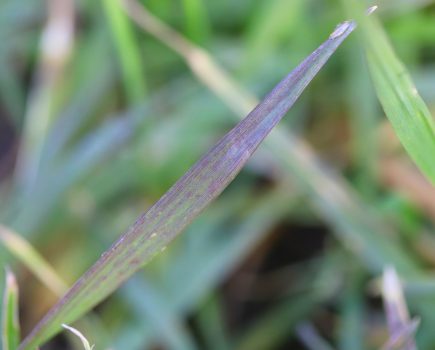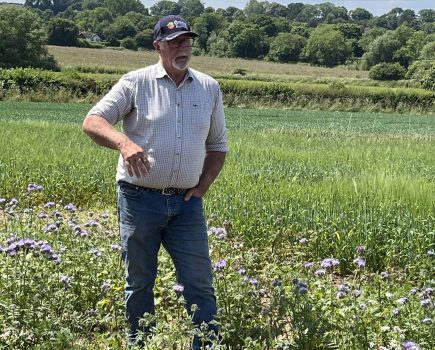Hutchinsons launched its healthy soils assessment service in 2016. Since then, the overall understanding of what goes into making a soil healthy has increased massively, as Dick Neale, technical manager explains.
Shared knowledge, research and observation, plus a clear increase in grower interest, have all combined to accelerate the learnings and engagement across the industry.
Everyone now appreciates that soil is a living, breathing entity and that microbiology and increasing microbial biomass is as important an objective as increasing organic matter.
Our healthy soils assessment, gold soil test and now the combination of these with TerraMap soil mapping in TerraMap Gold are vital components in creating a starting point of information with which to make clear decisions on what future interventions may be needed, be they physical, chemical or biological.
Over the past seven years, we have identified some clear common denominators with regards to soil health:
- The seeding zone of seedbeds tends to be overworked
- Overworking leaves seedbeds at risk from slaking during heavy rain
- Slaking or capping of the seedbed creates anaerobic conditions in the seeded zone and severely impairs crop establishment
- Poor infiltration of surface rainfall due to capping is incorrectly identified as poor drainage and addressed via deeper tillage passes.
Modern tillage machinery can create good seedbeds quickly, but problem grassweeds such as black grass or ryegrass require delayed drilling for good cultural control.
The two elements of delayed drilling and early creation of finely worked seedbeds are rarely compatible, frequently leading to capped and anaerobic seedbeds.
The assessment of baseline issues and farming requirements like grassweed control allows us to work with customers to address issues beyond just having a focus on healthy soil or just achieving good weed control. A plan allows all elements to be positively impacted at the same time.
Soil structure and the soil’s own innate ability to maintain a resilient structure depends on a combination of factors, but understanding that soil moving implements never create good soil structure is a major shift in understanding.
Good soil structure is created via natural processes; the building of aggregates by microbiology, the binding of these together via growing roots and the creation of burrows by worms combine to create stable, resilient soil with good gas exchange, water movement and storage.
Soil moving implements change this structure, and always in a negative way for the long term. However, because farming damages soil, cultivation interventions are frequently needed to address problems such as compaction at depth, or shallow compaction.
Assessment of compaction depth is a vital component in good soil management; shallow compaction is not addressed appropriately by deep tillage. In all cases tillage can be used, and frequently should be used, to remove a structural problem where identified, but tillage does not create good soil structure – natural processes do that. Tillage only improves or removes a structural problem in the short term; in the long term the issue will return if other interventions are not also used.
Deep tillage breaks up natural soil structures and produces a ‘soft’ loose structure which is easily recompacted via the passage of heavy machines during the farming year. The recompacted soil is again deep tilled to alleviate the compaction facilitated by the original deep tillage. We have to break the cycle, but doing that successfully again requires a plan centred on an assessed baseline for your farm; a plan that transitions to an agreed approach, a plan that anticipates both the positives and potential negatives of the transition period, a long term plan that incorporates all the elements for resilient and healthy soil.
Vital elements
- Soil assessment
- Gold test
- Utilisation of cover and catch crops
- Appropriate cultivation when required
- Understanding of chemical, biological and physical impacts on soil structure
- Initiating processes to cycle nutrients within the soil
- Never lose focus on growing strong and healthy cash crops.







